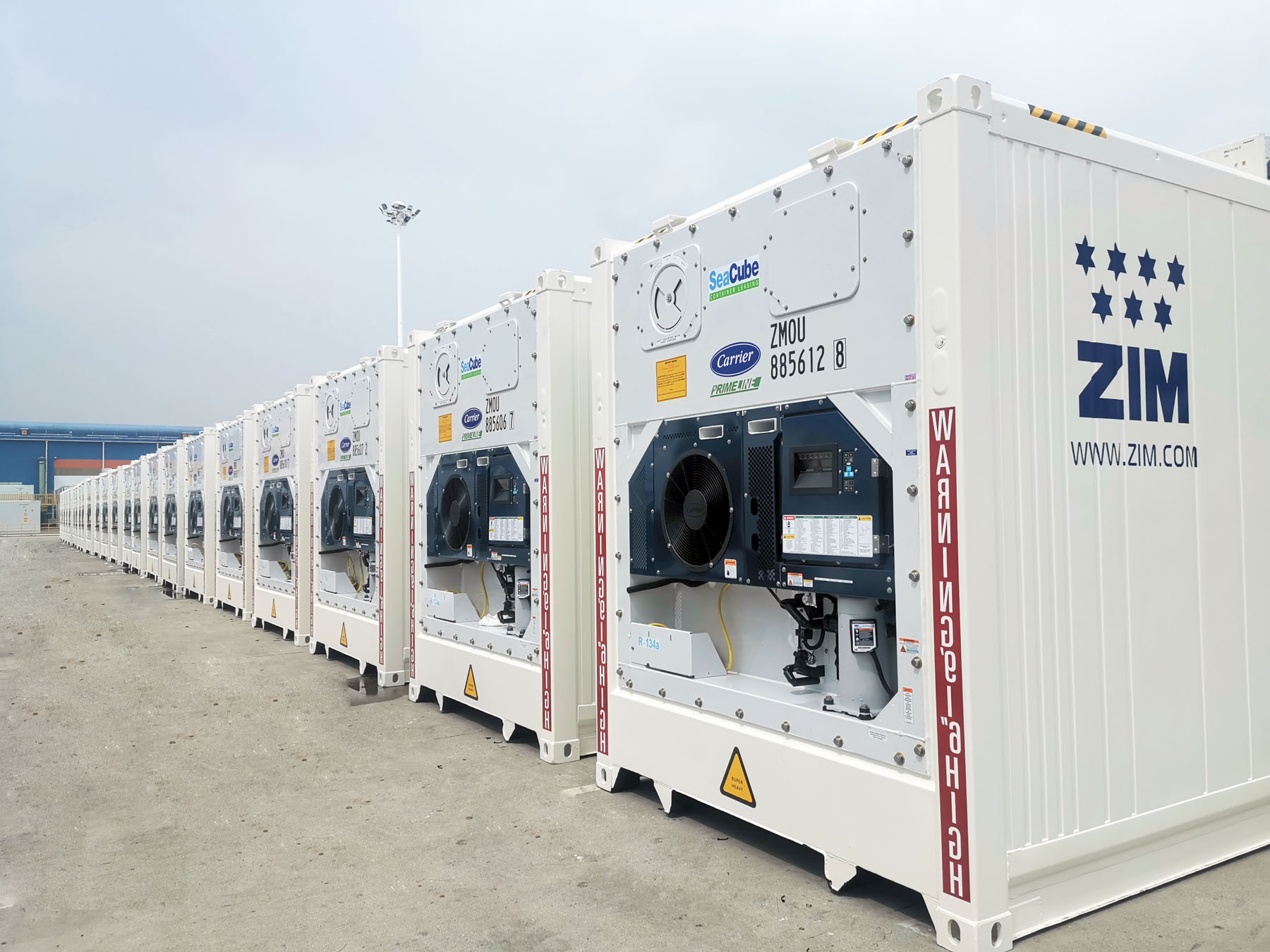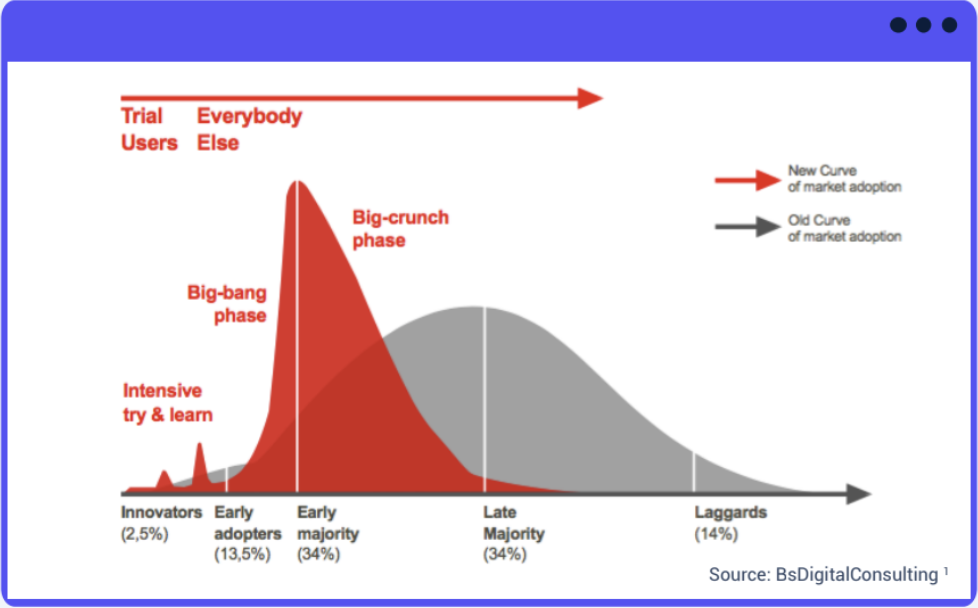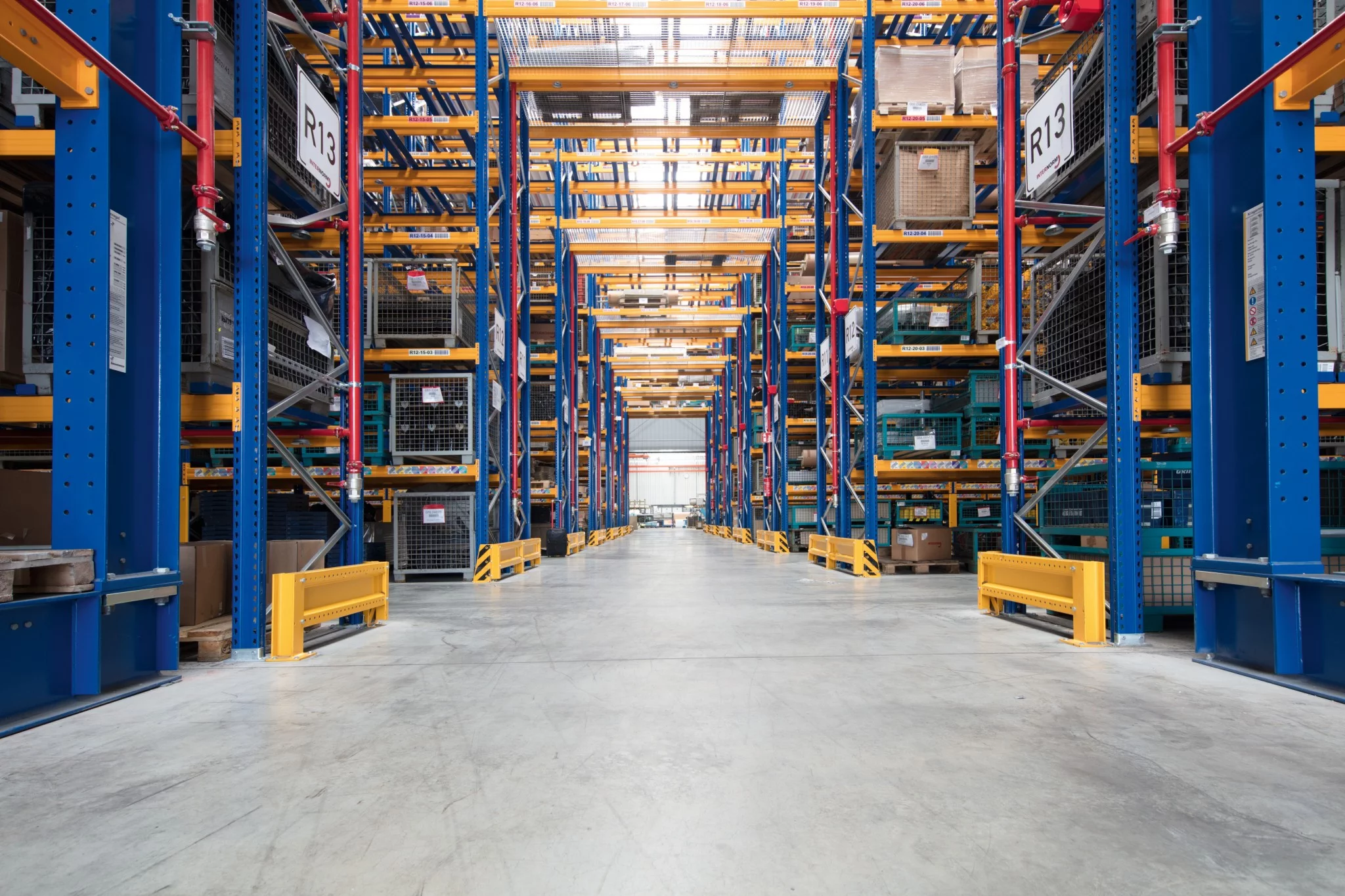Agility, a leading global logistics provider, is the first logistics company in Abu Dhabi to operate double-trailer trucks, which will improve operational efficiencies for its customers and reduce emissions by cutting the number of trips made.
Agility operates an extensive fleet of trailers in Abu Dhabi. About 50 of those are now double-trailer trucks. Double trailers significantly reduce the number of trips required to haul cargo, decreasing overall wear and tear on tires and vehicles. In the first six months of operation, Agility’s fleet management data demonstrates that double trailers reduce fuel use by 26% per container, eliminating about 2,500 metric tons of CO2 emissions per year. More Agility news here.
Houssam Mahmoud, Chief Executive Officer for Agility Abu Dhabi, said: “In addition to being environmentally friendly, the double trailers will positively impact productivity – and that’s good for both Agility and our customers. We are able to pass a lot of these benefits to our customer by providing greater flexibility and a significant reduction in the number of required trips.”
Acquiring the permit to operate double-trailer trucks took six months of proposals, trials, accident simulations, and safety demonstrations. Agility worked together with a local automotive distributor to develop the safest possible solution for the market, including Active Brake Assist 4, proximity control, and lane assist. Agility conducted a transport route survey to identify any routes that might be risky or challenging for drivers. Agility insisted on lane assist capability for the vehicles, and proposed it to the supplier after determining that drivers would need help to navigate sharp round-a-bouts.
In the United Arab Emirates, Agility has an industry-leading safety record, linking driver incentive pay to safety, rather than speed of operations, and has voluntarily provided extensive third-party training on double trailers to ensure it maintains its excellent record.
Agility is a global logistics company with $5.2 billion in annual revenue and 26,000+ employees in more than 100 countries. It is one of the world’s top freight forwarding and contract logistics providers, and a leader and investor in technology to enhance supply chain efficiency. Agility is a pioneer in emerging markets and one of the largest private owners and developers of warehousing and light industrial parks in the Middle East, Africa and Asia. Agility’s subsidiary companies offer fuel logistics, airport services, commercial real estate and facilities management, customs digitization, and remote infrastructure services.
For more information about Agility, visit







